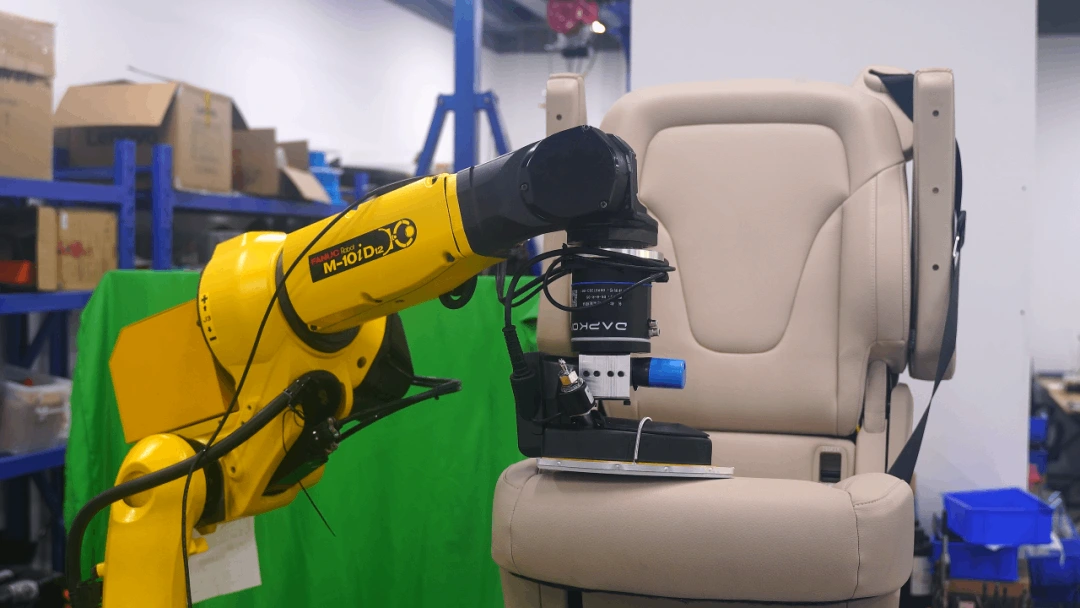In an increasingly interconnected world, the choice of transportation vehicles plays a pivotal role in shaping our daily lives, economies, and environmental footprints. As urbanization accelerates and global travel becomes more accessible, understanding what constitutes the most popular transportation vehicle is essential for consumers, policymakers, and businesses alike. This article delves into the various forms of transportation, examining their popularity, utility, and impact on society.
The Evolution of Transportation Vehicles
Transportation has evolved significantly over the centuries, from horse-drawn carriages to electric vehicles (EVs). Each era has introduced innovations that reflect technological advancements and societal needs. Today, we categorize transportation vehicles into several key segments: personal vehicles, public transit, bicycles, and emerging technologies such as drones and autonomous vehicles.
Personal Vehicles: The Dominant Choice
Among personal transportation options, cars remain the most popular vehicle globally. According to the International Organization of Motor Vehicle Manufacturers (OICA), there were over 1.4 billion cars on the road as of 2021, with this number projected to rise. The reasons for the car's dominance include:
- Convenience: Cars offer unparalleled flexibility, allowing individuals to travel at their own pace and schedule.
- Comfort: Modern vehicles are equipped with advanced features that enhance the driving experience, including climate control, infotainment systems, and safety technologies.
- Status Symbol: In many cultures, owning a car is associated with personal success and social status.
However, the rise of urbanization and environmental concerns has prompted a shift in transportation preferences, leading to increased interest in alternative modes of transport.
Public Transportation: A Sustainable Alternative
Public transportation systems, including buses, trains, and subways, are gaining traction as cities strive to reduce traffic congestion and carbon emissions. According to the American Public Transportation Association (APTA), public transit saves approximately 45 million metric tons of greenhouse gas emissions annually. The popularity of public transport can be attributed to several factors:
- Cost-Effectiveness: Public transit is often more affordable than owning and maintaining a personal vehicle, especially in urban areas.
- Environmental Impact: Buses and trains can transport many passengers simultaneously, significantly reducing per capita emissions compared to individual car travel.
- Accessibility: Public transportation systems are designed to serve a broad demographic, providing essential mobility for those without access to personal vehicles.
Bicycles: The Eco-Friendly Commuter
In recent years, bicycles have surged in popularity as a sustainable and healthy mode of transportation. Cities worldwide are investing in cycling infrastructure, such as dedicated bike lanes and bike-sharing programs. The appeal of bicycles includes:
- Health Benefits: Cycling promotes physical fitness and can reduce healthcare costs associated with sedentary lifestyles.
- Environmental Sustainability: Bicycles produce zero emissions, making them an eco-friendly alternative to motorized vehicles.
- Cost Efficiency: The initial investment in a bicycle is significantly lower than that of a car, and maintenance costs are minimal.
Emerging Technologies: Drones and Autonomous Vehicles
As technology continues to advance, new forms of transportation are emerging. Drones are being explored for package delivery, while autonomous vehicles promise to revolutionize personal and public transport. The potential benefits of these technologies include:
- Increased Efficiency: Drones can bypass traffic and deliver goods quickly, while autonomous vehicles could optimize traffic flow and reduce accidents.
- Accessibility: Autonomous vehicles may provide mobility solutions for individuals unable to drive, such as the elderly or disabled.
- Reduced Environmental Impact: Many new technologies are being designed with sustainability in mind, potentially leading to lower emissions and energy consumption.
Conclusion: The Future of Transportation
The most popular transportation vehicle is not a one-size-fits-all answer; it varies based on geographical, economic, and social factors. While personal vehicles, particularly cars, dominate in many regions, public transportation, bicycles, and emerging technologies are gaining ground as viable alternatives. As we move forward, the challenge lies in balancing convenience, sustainability, and accessibility to create a transportation ecosystem that meets the needs of all individuals.
In conclusion, understanding the dynamics of transportation vehicles is crucial for making informed decisions that align with personal values and societal goals. As we embrace innovation and prioritize sustainability, the landscape of mobility will continue to evolve, shaping the way we navigate our world.

Average Rating